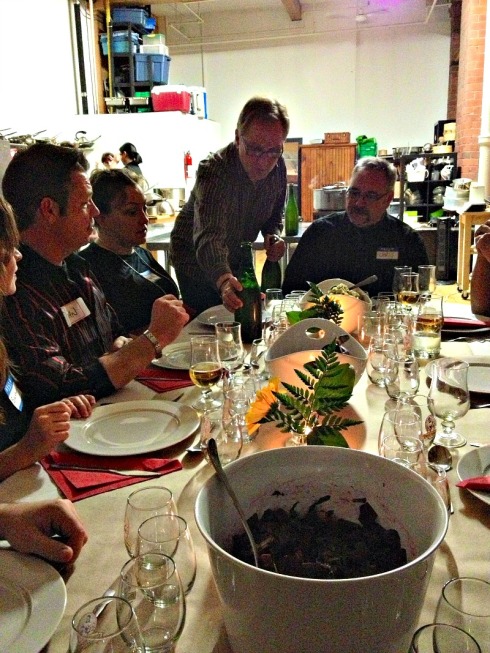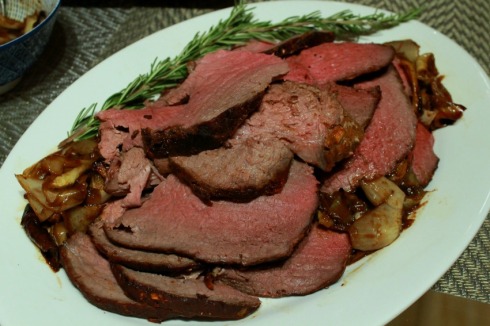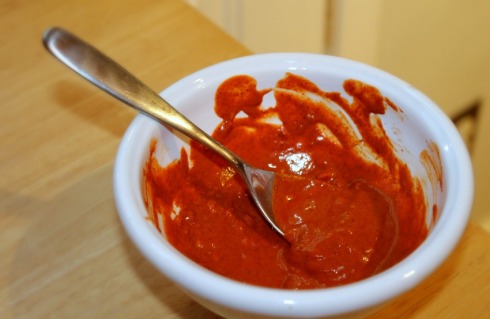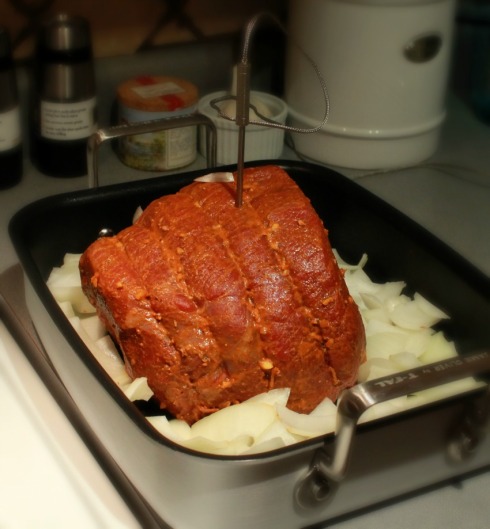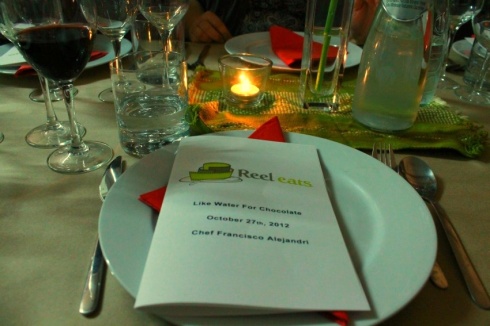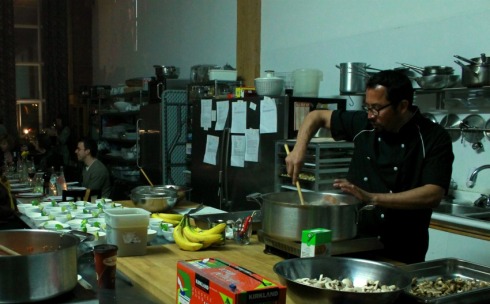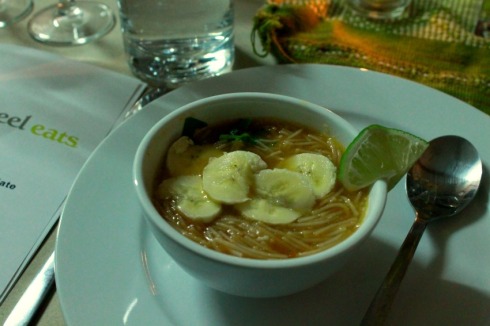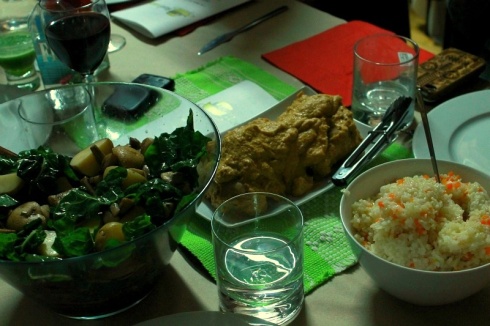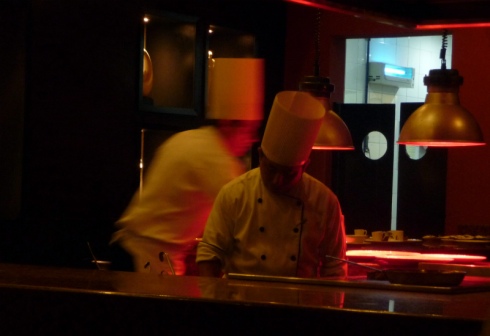If you’re living in or around Toronto, you know that the past month or so hasn’t been kind, weather-wise. But before we know it, the snow will finally disappear and those of us who’ve been hibernating to avoid the cold will be on the hunt for fun things to do.
In the fall, Jenny and I had the chance to attend a couples cooking class at Toronto’s Aphrodite Cooks, a culinary studio run by chef Vanessa Yeung. From a loft space in the city’s west end, the Aphrodite team offers catering services, hosts food events such as the Reel Eats dinner we attended recently, and offers themed cooking classes throughout the year aimed at couples and singles looking to learn new skills and explore different cuisines.
Our couples cooking class was focused on pairing beer with food. Chef Yeung had invited Roger Mittag, aka the Beer Professor to share his expertise and help determine which beers matched with the meal we were going to prepare: butternut squash and apple bisque; German potato salad; beets with stout and sautéed beet greens; a spicy chipotle beef stew; and, for dessert, pear, almond and cream cheese galette with cinnamon caramel sauce.
As we walked in and were each handed an apron and a glass of beer, it was immediately clear the cooking classes at Aphrodite are hands-on, which was great to see. There’s nothing like actually being tasked with chopping, stirring and cooking if you really want to learn how to prepare new dishes. And all the work makes it all the more satisfying to sit down together as a group at the end of a cooking class and eat the food you helped create, as we did at the Aphrodite Cooks class.

Mittag is an actual beer professor – he teaches at Humber College’s School of Hospitality. As we prepared our meal, he gave us a crash course on beer, the beer-making process and how different malt roasts affect the flavour of the finished product. He brought along five different beers for us to sample with our meal. As a beer lover, I’m always happy to discover a new beer, and Roger’s selection helped me do just that: Dominus Vobiscum Lupulus, a Belgian-style microbrew that’s lighter and hoppier than most Belgians I typically turn to, and surprisingly easy to drink considering its 10% alcohol content.
Of course, a great cooking class is incomplete if you’re not given the tools needed to recreate the meal at home. Attendees at the Aphrodite Cooks couples class were emailed digital copies of recipes for all the dishes we prepared, as well as a list of all the beers sampled. No note-taking needed!
Check out the Aphrodite Cooks website for a listing of upcoming couples cooking classes (new ones are added to the schedule throughout the year), as well as some of the other great cooking workshops planned (if you’re looking for a fun Mother’s Day experience, for example, consider taking your mom to the upcoming Portugese Mother’s Day brunch).



